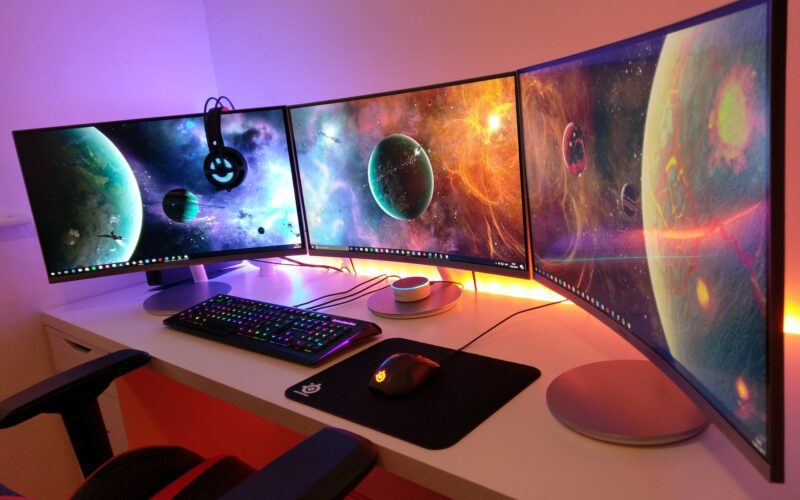Regarding gaming, latency is the delay between a user’s action and the response from the game’s system. High latency can lead to stuttering, lower frame rates, and unexplained performance drops. One way to determine if your system suffers from high latency is to perform a ping test. Regular ping testing will help you find a baseline for latency and ensure a smooth gaming experience. There are several ways to reduce latency in your PC gaming experience. A straightforward way is to increase the polling rate of your device. You can do this by increasing the number of frames per second or changing the distance between your device and the CPU. These are both straightforward ways to reduce lag.
Contents
Using a Wired Connection
One of the easiest ways how to lower latency on pc is to use a wired connection. This connection allows for a direct link to the computer without any interference. While Wi-Fi has advantages, it is not as reliable as an Ethernet cable. Wi-Fi signals are susceptible to noise and must jump through more hoops than an Ethernet connection. Additionally, they fade faster.
If you’re a PC user, you’ll want to ensure that your system handles an Ethernet connection. This will help it utilize the network’s speed properly. Most desktop computers come with an Ethernet controller built into their motherboard. Laptops, on the other hand, may not have this built-in feature. In this case, a USB-to-RJ-45 adapter may be necessary. However, this solution may result in lower connection speeds.
Another way to reduce system latency is to use a wired connection instead of Wi-Fi. Wireless networks are susceptible to network worms, which can hijack your computer’s network interface and affect your gaming experience. To avoid network worms, use antivirus software. Wi-Fi may be a good option for those who need high-speed internet access, but wired Ethernet connections offer lower latency.
Increase the Polling Rate of Your Device
The polling rate refers to the frequency at which a PC checks for input from USB devices. This can have an impact on the latency. Many factors can influence input latency, including PC hardware and software. Increasing the polling rate of your peripherals can help minimize PC latency.
Typically, a USB device operates at a specific bit rate, such as 125 Hz. It is possible to adjust this polling rate, increasing the CPU load. To do so, you need to install a utility to see your mouse’s polling rate. Alternatively, you can use the B poll and poll kernel modules to adjust the polling rate of keyboards and gamepads.
The polling rate of your device is essential for smooth gaming. The higher the polling rate, the faster your device will report information to the computer. This means you’ll be able to move your mouse or crosshair with less latency. Conversely, if your polling rate is too low, you’ll notice that your computer may be running slowly.
Another way to avoid latency is to increase the polling rate of your mouse. This will make your mouse’s movement smooth and accurate. It is recommended that you keep the polling rate between 125hz and 250hz, but if your computer is running slow, you should decrease the polling rate.
Change the Number of Frames Per Second
To avoid latency while gaming on a PC, you can change the number of frames per second (FPS) in your PC games. A higher FPS means you’ll see more images per second, and your games will be smoother. A lower FPS means that you’ll experience stuttering or choppy animation. You can change your frame rate in many ways, but the most important thing is to ensure you’re playing at the optimal frame rate.
If your game is experiencing low frames per second, your computer cannot handle more. You can fix this by upgrading your components and minimizing background processes. Another way to avoid lag is to avoid playing games that are over-resourced.
You can also try lowering the resolution of your games. You can reduce 1920×1080 (1080p) to 1080×720 (1080p), which will increase your FPS. This is beneficial if you’re playing competitive online games. Remember that this method is not a foolproof solution to the problem of high FPS.
The refresh rate of your screen will also affect the input lag. A higher refresh rate will result in more frames per second. In addition, updating your BIOS is another way to fix the input lag issue.
Increase the Distance Between Your Device and the CPU
Increasing the distance between your device and the CPU can reduce latency. However, the process is time-consuming. The longer the length, the longer it takes for your device to follow the traceroute and reach the CPU. Nevertheless, it can significantly reduce latency.

